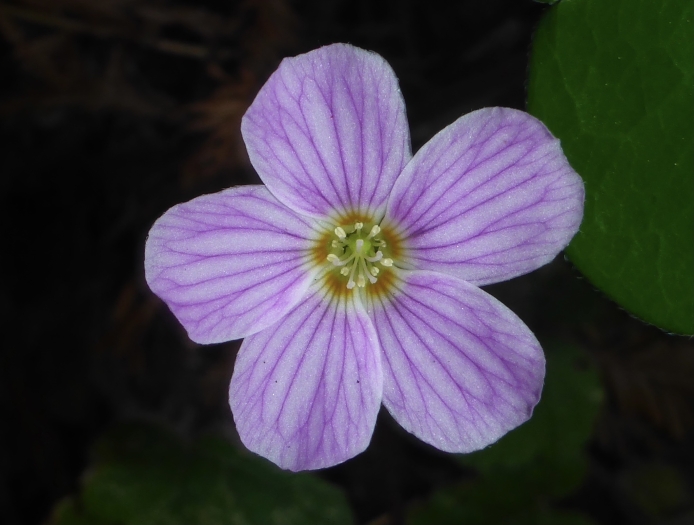Redwood Sorrel
(Oxalis oregana)
Redwood Sorrel (Oxalis oregana)
/
/

Cricket Raspet
CC BY 4.0



















































Estimated Native Range
Summary
Redwood Sorrel is valued for its ability to thrive in shady conditions and its attractive foliage and flowers, which make it an excellent ground cover for woodland gardens and shaded areas. It is also used in borders and as an underplanting for larger shrubs. Redwood Sorrel requires consistently moist soil, but it is adaptable to a range of drainage conditions. It prefers acidic soils and can tolerate the low light levels found under dense tree canopies. While it does best in part shade to full shade, it can also handle brief periods of direct sunlight, during which its leaves will fold down to minimize exposure. Gardeners should be aware that in some conditions, it can spread aggressively via rhizomes.CC BY-SA 4.0
Plant Description
- Plant Type: Herb
- Height: 0.3-0.8 feet
- Width: 0.375-1 feet
- Growth Rate: Rapid
- Flower Color: Pink, White
- Flowering Season: Spring, Winter
- Leaf Retention: Evergreen
Growth Requirements
- Sun: Part Shade, Full Shade
- Water: Medium
- Drainage: Slow, Medium, Fast
Common Uses
Bee Garden, Bird Garden, Border Plant, Butterfly Garden, Deer Resistant, Drought Tolerant, Edible*Disclaimer: Easyscape's listed plant edibility is for informational use. Always verify the safety and proper identification of any plant before consumption., Groundcover, Low Maintenance, Potted Plant, Showy Flowers
Natural Habitat
Native to the understory of moist coniferous forests, particularly those dominated by Douglas-fir and Coast Redwood
Other Names
Common Names: Oregon Oxalis
Scientific Names: , Oxalis oregana, Oxalis oregana f. smalliana, Oxalis oregana var. smalliana, Acetosella oregana, Oxalis acetosella subsp. oregana, Oxalis acetosella var. oregana, Oxalis oregana subsp. smalliana, Oxalis oregana subsp. tracyi, Oxalis oregana var. tracyi
GBIF Accepted Name: Oxalis oregana Nutt. ex Torr. & A.Gray